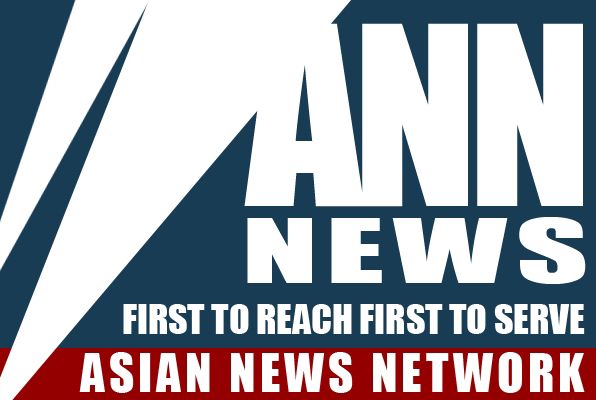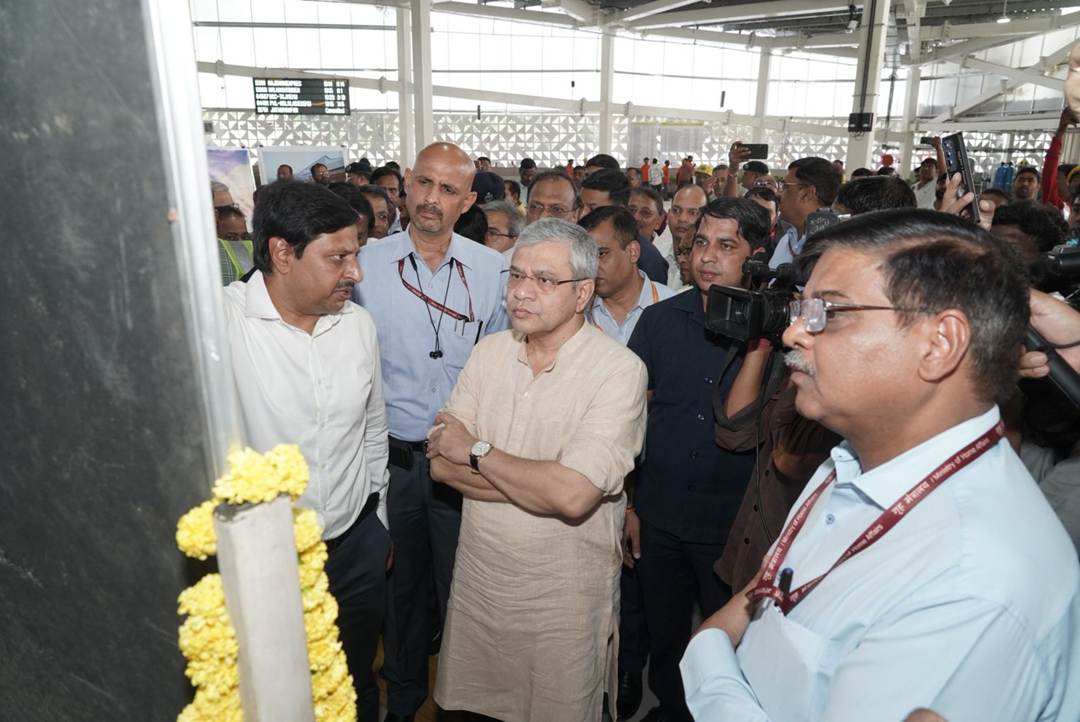A drone view of the City of London, Britain’s financial powerhouse, at daybreak, as markets awaited a key interest rate decision by the Bank of England, in London, Britain June 19, 2025. REUTERS
LONDON, Oct 10 (Reuters) – Eisler Capital’s decision to close its flagship multi-strategy hedge fund as soaring staff costs eroded trading profit exposes the difficulty London-based funds face when trying to grow rapidly and replicate bigger, entrenched U.S. players, investors and industry insiders say.
They warn that flows in the $4 trillion hedge fund sector will increasingly be absorbed by incumbents – likely leaving an industry that runs on public pension and retirement money concentrated in the hands of a few big firms with an outsized impact on financial markets.
Eisler said last week that it would shut just four years after it pivoted to try and emulate the kind of business model used by the most renowned U.S. headquartered multi-strategy hedge funds such as Citadel, Balyasny and Millennium Management that trade different strategies under one roof.
Crucially, Eisler also changed how it charged investors, adopting a pass-through fee structure, where costs take a bite out of trading returns. At Eisler, this meant that on top of a 15-20% performance fee, investors paid the hedge fund’s expenses and compensation costs, an investor document seen by Reuters showed.·
Eisler’s turnover climbed by over 40% between 2023 and 2024, a Reuters analysis of the hedge fund’s publicly reported accounts showed. But its staff costs grew much faster, over 900% in five years, outpacing its ability to retain profit and leaving investors with smaller and smaller net returns.

“Multi-strats strike me as the final frontier…what percentage take of gross profits can we squeeze investors on without losing them?” asked hedge fund investor Harald Berlinicke, CIO of Berlin-based Max-Berlinicke-Erben Family Office.
“It’s not an easy balancing act to get right for a new kid on the block as the sky-high fees the established players can charge gives them an edge in terms of attracting the right talent.”
A representative for Eisler Capital declined to comment. Citadel, Balyasny and Millennium also declined to comment.
The video player is currently playing an ad. You can skip the ad in 5 sec with a mouse or keyboard
In its last investor letter in October, Eisler highlighted the burden of compensation costs.
Portfolio managers are the most expensive they have ever been, three recruitment professionals, who wished to remain anonymous, told Reuters. They mentioned direct knowledge of star fund managers hired in New York and London this year on salaries of over $100 million, which can prove costly for investors if not offset by stellar trading returns.

BLAME THE MODEL?
Investors in pass-through funds receive less than half of the trading spoils, according to Barclays research.
While they may have been content with that when multi-manager funds were outperforming, the wider industry, net returns have now fallen just short of peers with fixed charges, Barclays said in a July client note.
Pass-through fees have, however, traditionally been too rich for some European pension funds.
“In Europe, some of the world’s largest and most prestigious pension funds have stated they prefer to invest in lower net returning managers with lower fees than higher net returning managers with higher fees,” said Michael Oliver Weinberg, deputy CIO of a family office and previously at Dutch pension fund manager APG.
London is home to large and well-performing hedge funds, not necessarily all multi-strats but still successful, including Rokos Capital Management and Marshall Wace.
The partial pass-through model, seen with Man Group’s 1783 Strategies fund operates as a product included in a wider group of funds, some with lower fees.
Man Group, Rokos Capital Management and Marshall Wace declined to comment.
Berlinicke said that while some investors may give established pass-through funds the benefit of the doubt, that might not be true for newer entrants given the level of the fees.
Meanwhile, one effect of the growing sway of multi-strategy funds was that stock price swings on earnings days in 2024 were the largest since at least 2016, a Reuters analysis showed.
NEW YORK, NEW YORK
New York has been the centre of the multi-manager model with pass-through fees and that won’t change, investors said.
London, the second largest hedge fund centre, has 171 hedge fund managers, compared to 911 in New York, a city which has accounted for roughly 85% of hedge funds consistently for the last five years, data from hedge fund research firm PivotalPath shows.
Other centres such as Dubai and Abu Dhabi are also emerging as rivals.

“Crowding in markets has always been something to watch out for,” said Berlinicke.
“The question is whether large players grow and will that be a problem for markets? Possibly, if they dominate strategies or certain parts of the market.”
Reporting by Nell Mackenzie; Editing by Dhara Ranasinghe and Kirsten Donovan




